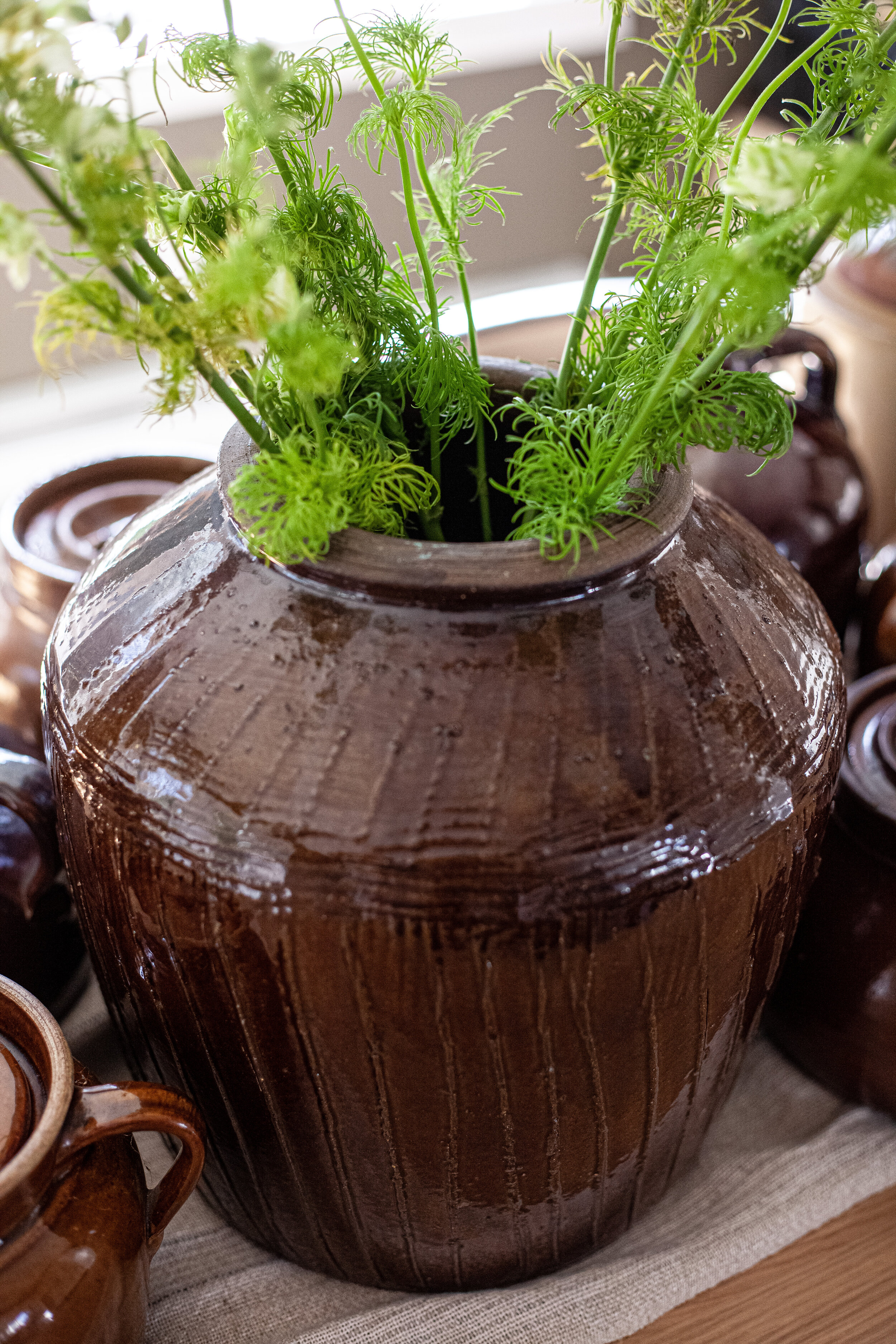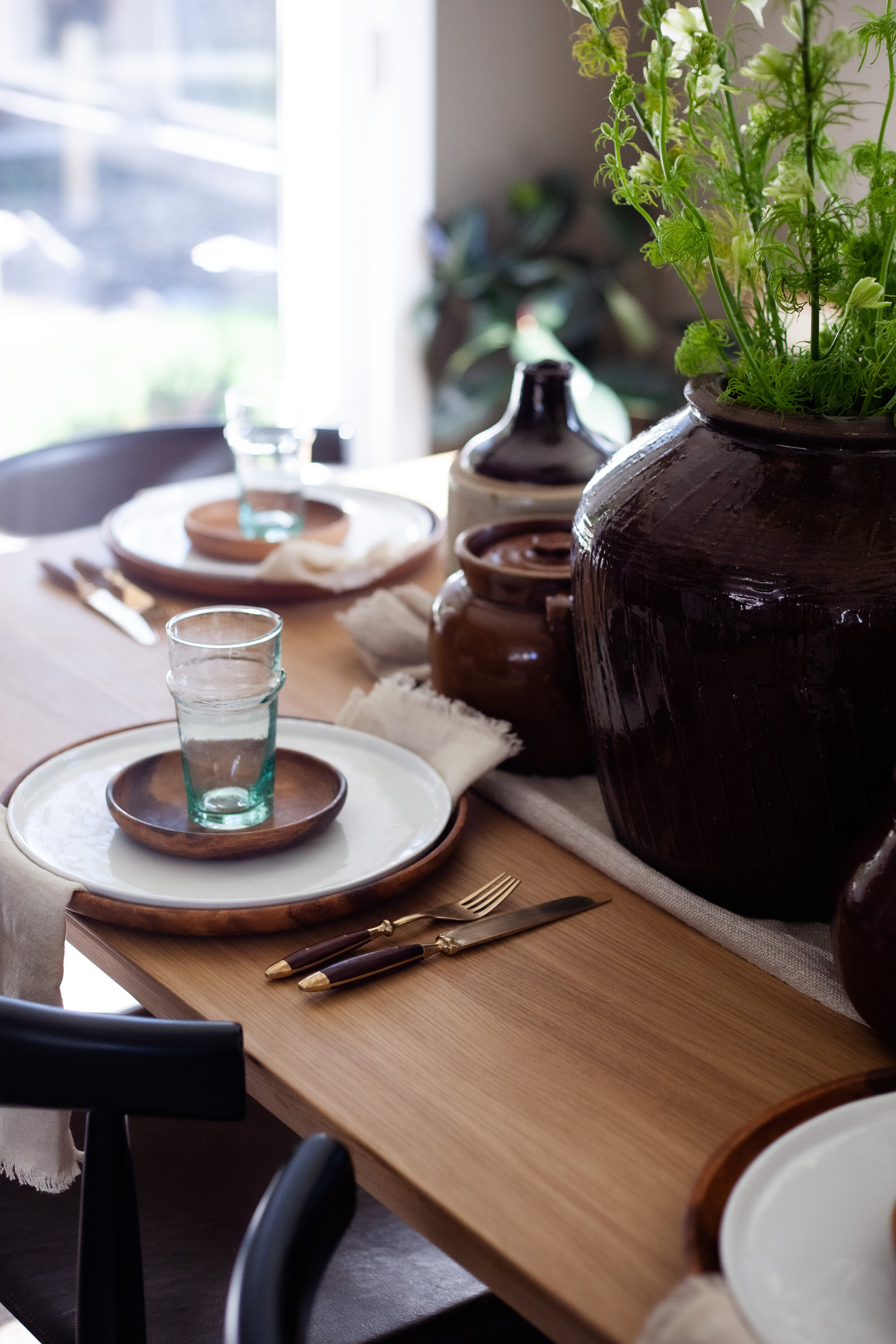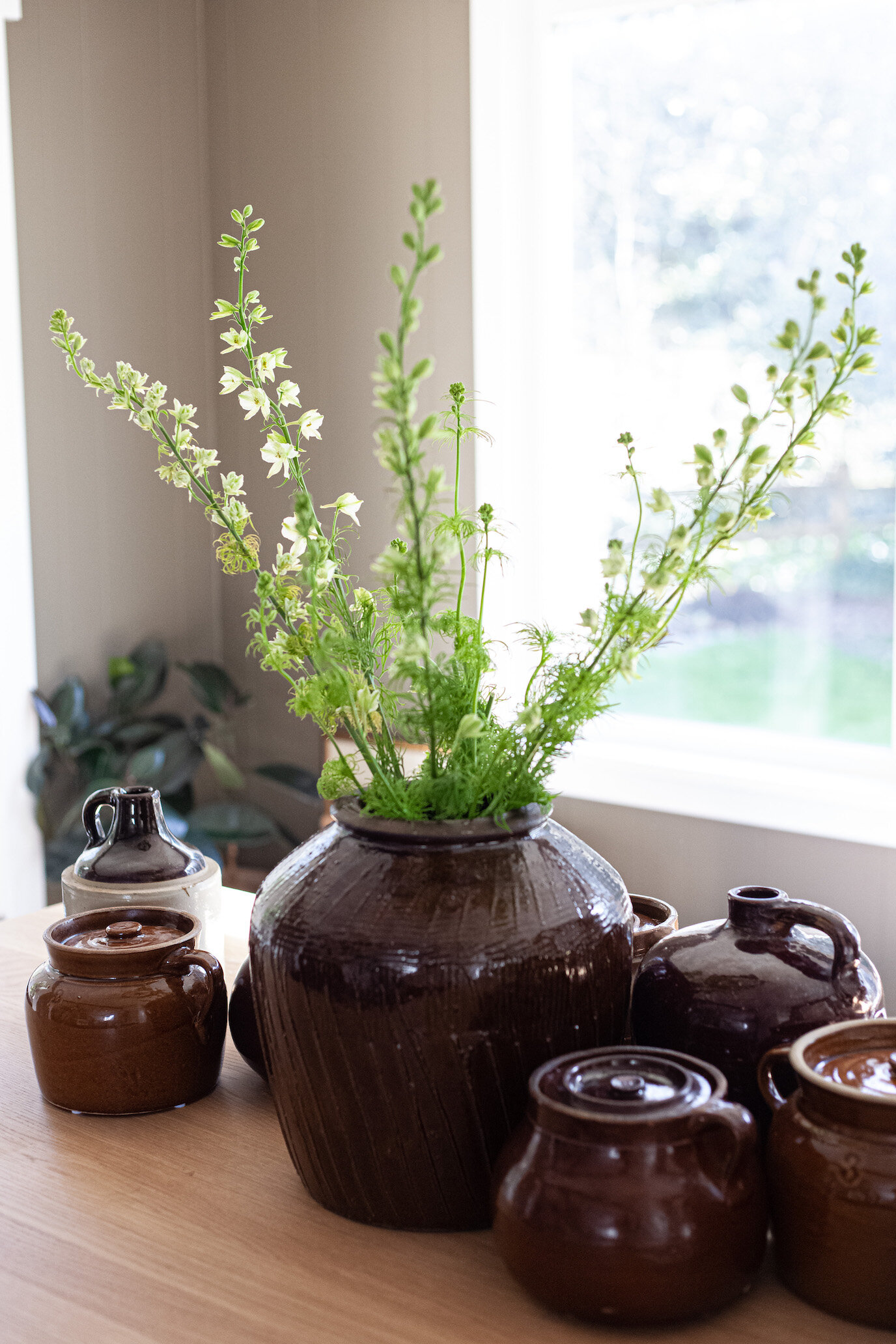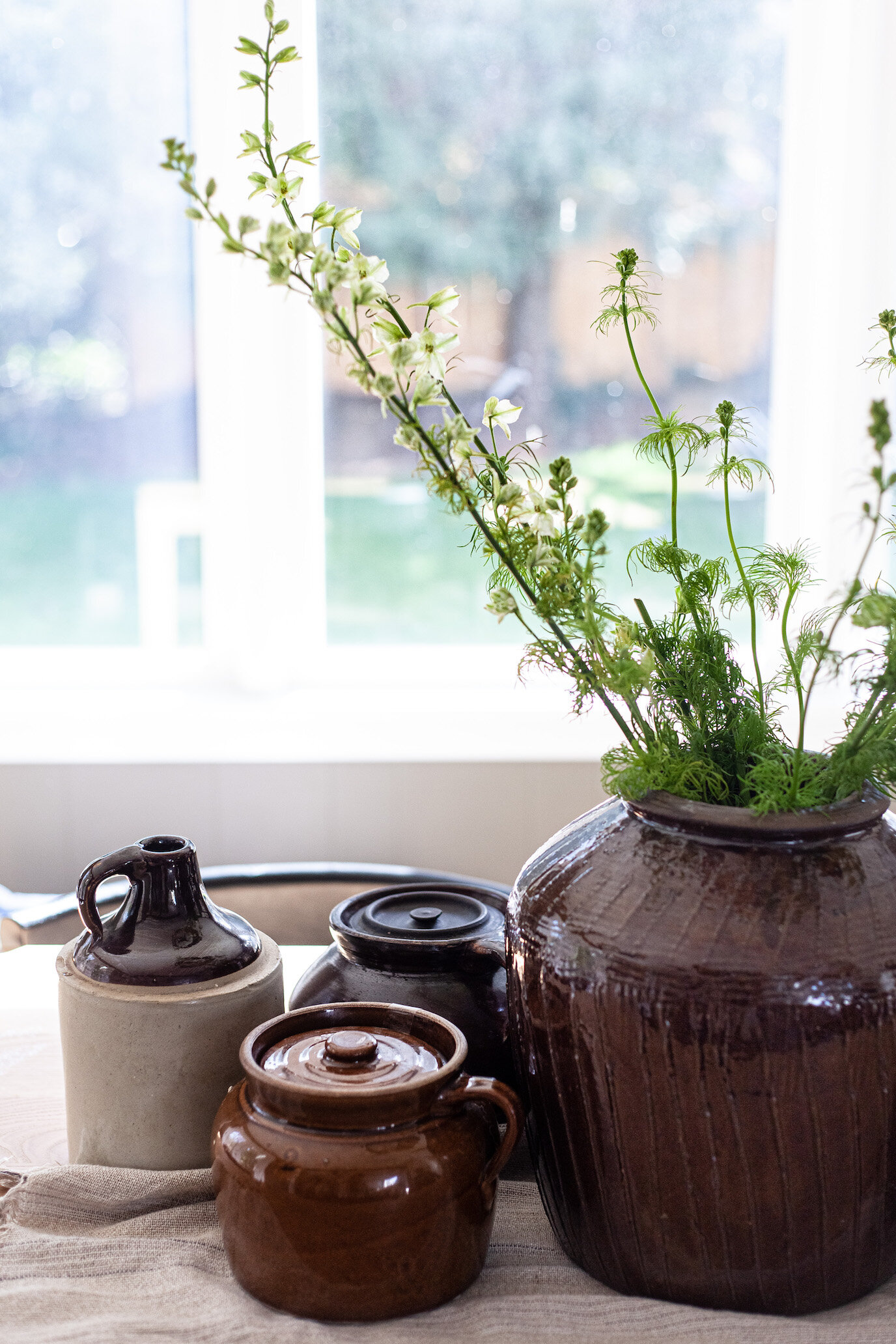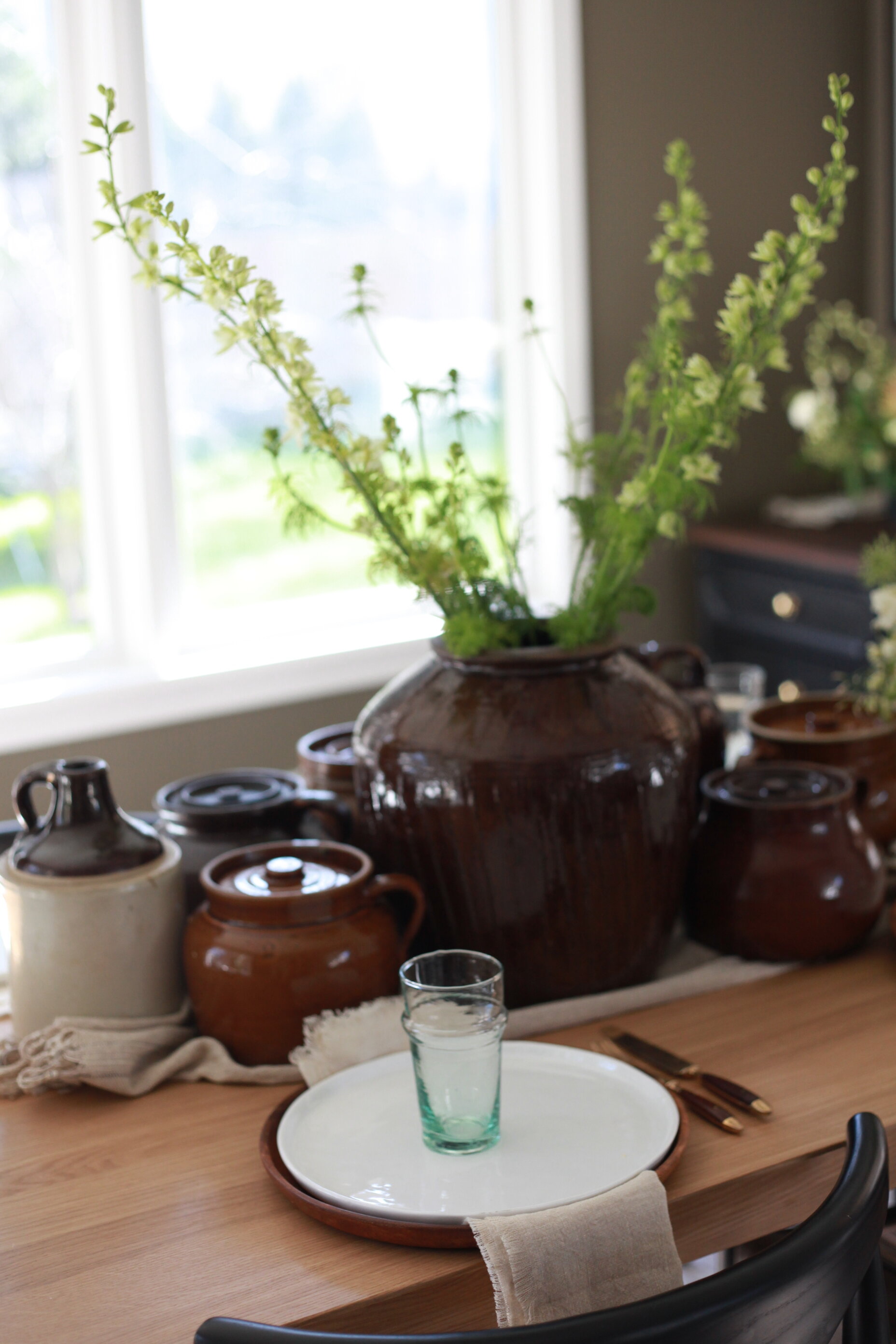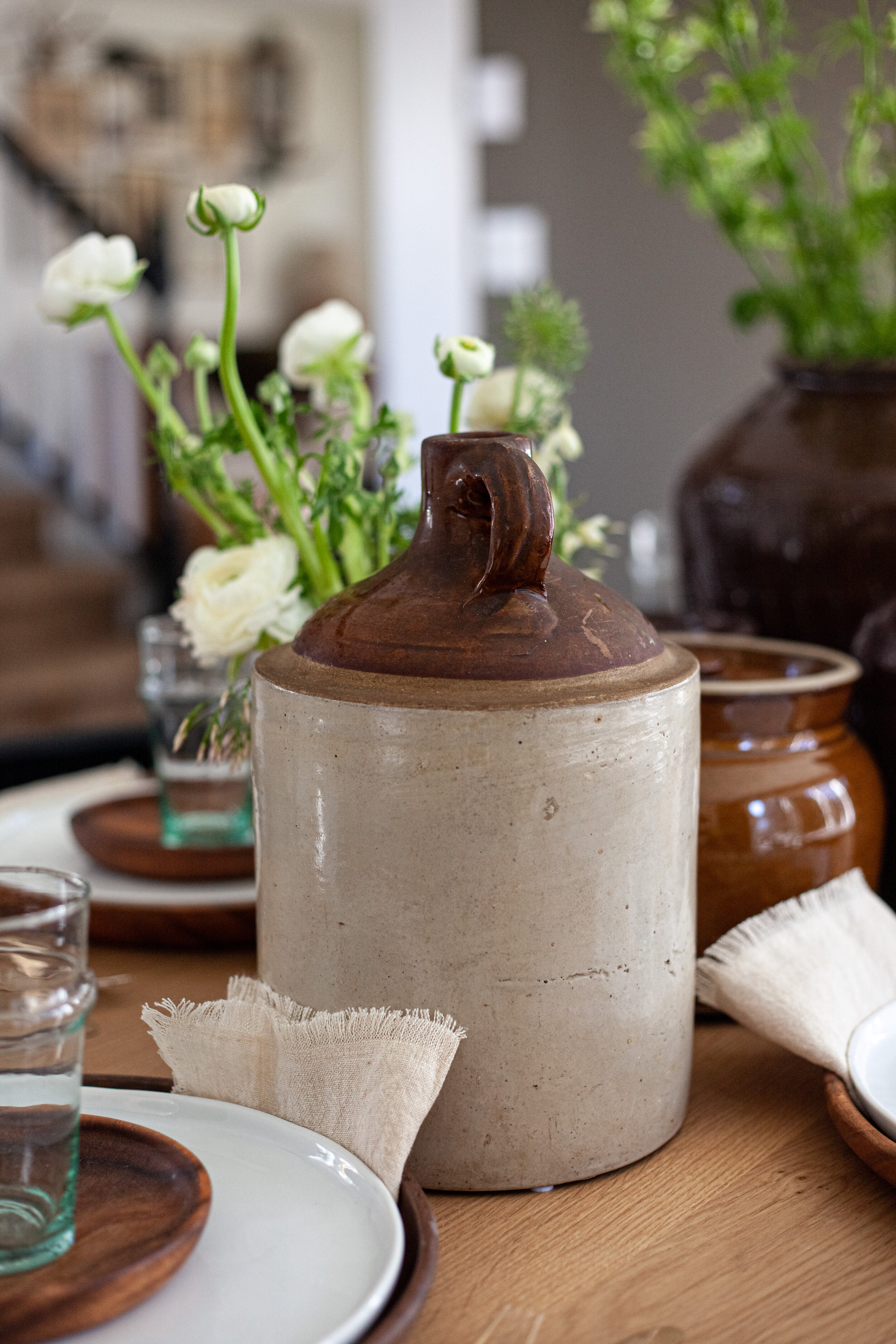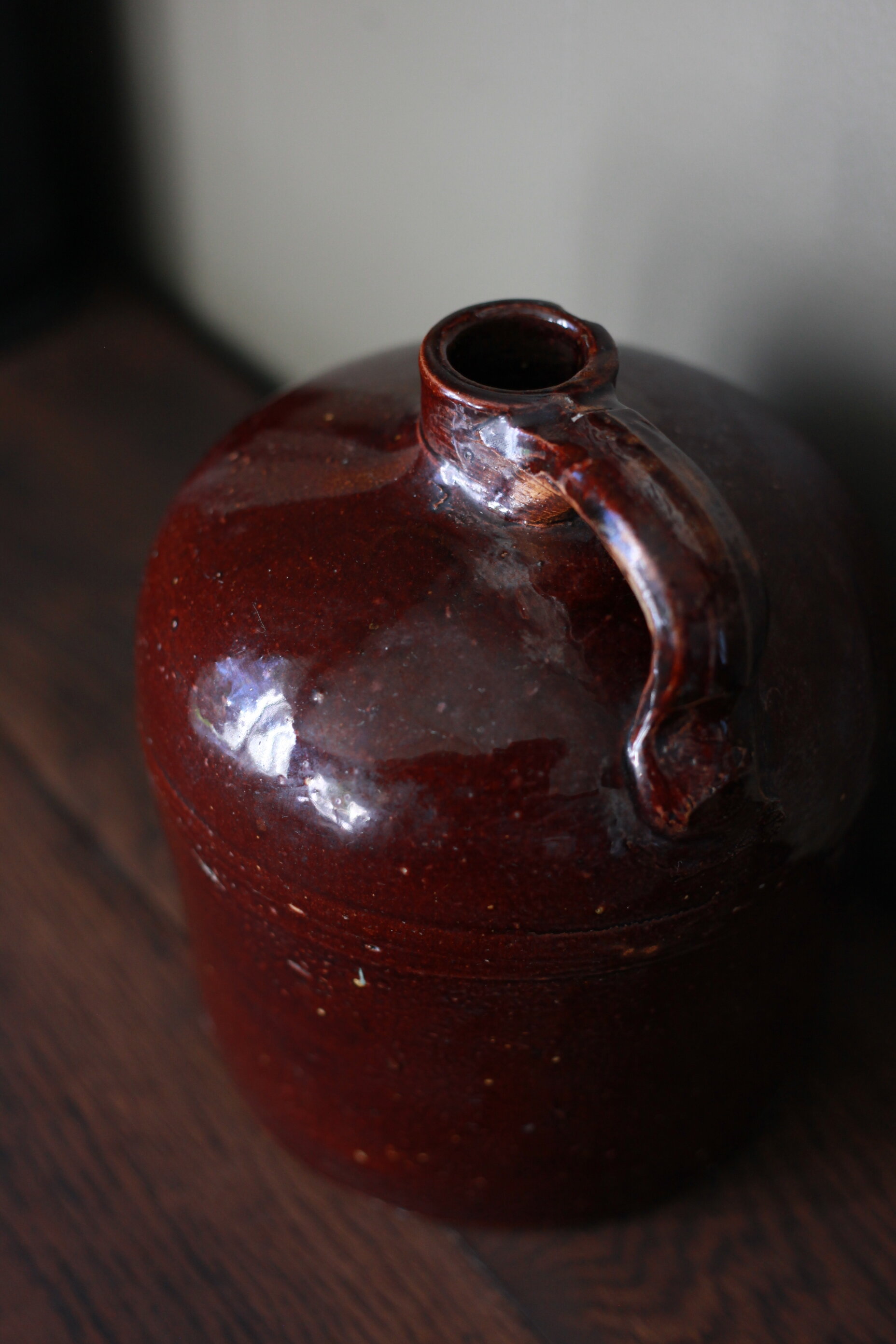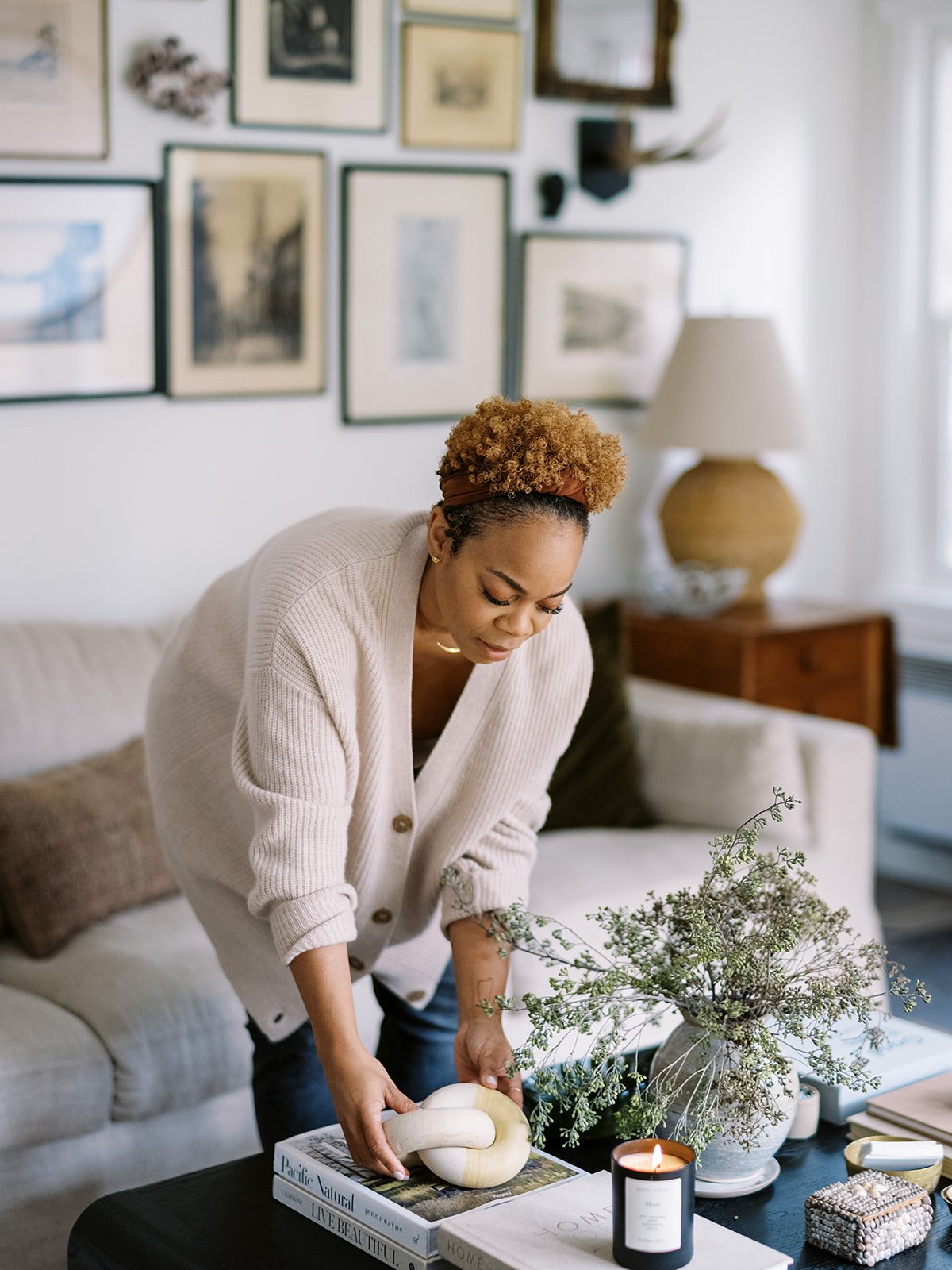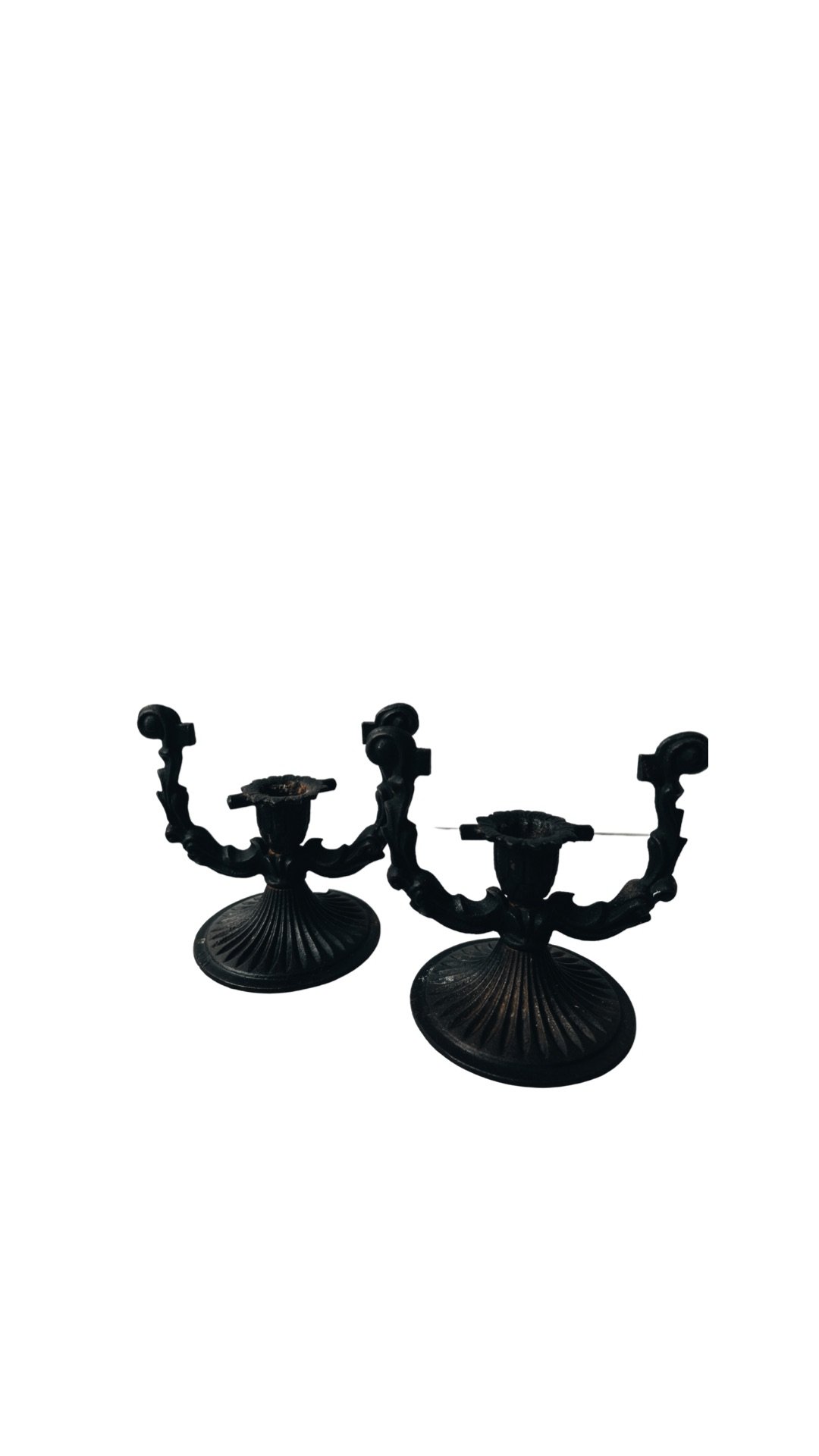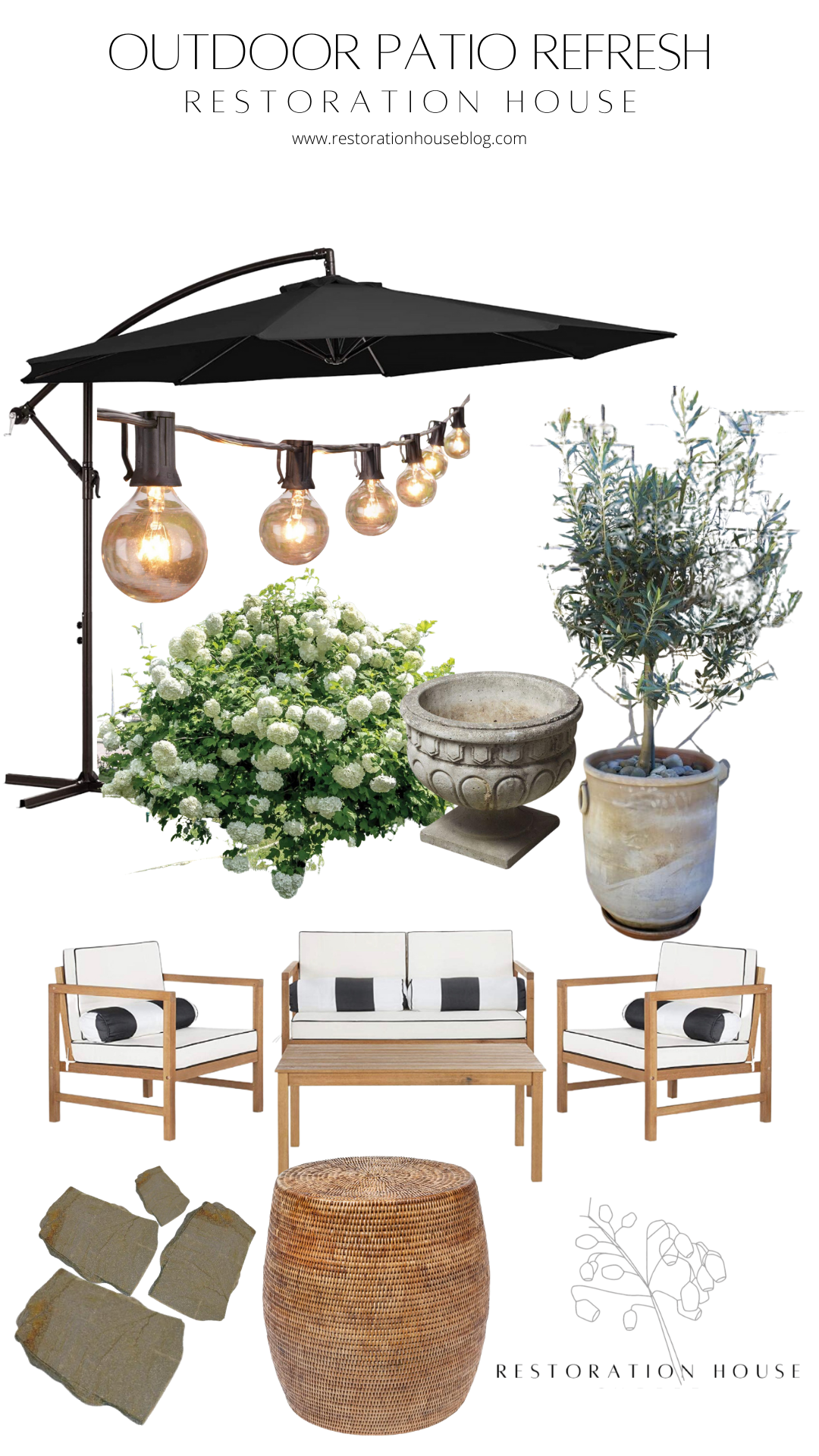For this part of my story, I’d like to share something that I experienced recently:
After a few months of touring for Restoration House Book this summer through the fall, I was invited by Myquillyn (@thenester) to join her and other talented authors at her place in NC for Nest Fest this October. We had a ball. Her barn and property was filled to the brim with folks who have invested in her original mantra “It Doesn’t Have to be Perfect to be Beautiful”. I was in awe of not only their dedication and love for her, but her ability to shower each of us as the host with such grace and hospitality was truly a sight to behold.
As I was prepping for my time to sign books in the barn, I could feel the anxiety and tension rising. I said a quick semi-silent prayer with my friend who was supporting me over the weekend (shoutout to Alexandra for being amazing) and took a deep breath as the doors opened and the crowd flowed in.
“Would anyone come to my table or will I have enough people who know me or even care about the message of this book to fill this time of signing?”, I thought to myself.
As I begin to shift my focus from me to the women who’d traveled from far and near to talk to me, have their books signed and laugh (and even receive a word of encouragement) with me I found myself caught up in conversation with one woman whom I’d complimented because of something cool she was wearing.
As we small-talked and chatted a bit (something I’m actually not that great at—hello, enneagram 8), I noticed the woman beside her flipping through my book. What I noticed even more is that as she flipped, she took momentary breaks to just, well…look at me. These weren’t just flippant looks. Her gaze felt as though it would burn a hole right into the center of my soul.
I did my best to remain engaged in the conversation but I became so heavily distracted by the increasingly frequent glances.
As our exchange came to a close, I directed my attention to her friend.
I awkwardly introduced myself by first and last name and asked for hers.
After our hurried introductions, she leaned in with both hands supporting her weight on the table between the two of us and said, “You know, I just need to tell you how encouraging and impactful it is for me (a white woman) to see a woman of color taking up space in the way that you do in what is and has really been a ‘white woman’s sport’. “ (Where are those bulging eye emoji’s when you need ‘em?)
Friends, I’d love to say that I took that as a compliment, thanked her, signed her book and moved on but I didn’t. In fact, I did quite the opposite.
As much as my brain told me to hold back my heart just would not allow it. I burst out into the ugliest ugly cry you’ve ever seen.
As tears began to stream down my cheeks (and Alexandra’s as well), I began to express my gratitude for her acknowledgment and communicated to her how deeply impactful her words were for me.
I can’t say that I’d never processed this emotion before. Sure, I had. I’d likely even pumped and psyched myself up on that very day before even arriving because TBH, as a WOC in predominantly white spaces, that’s what we do. Always. Before Trump or #blacklivesmatter or any other hashtag, it’s what we have done.
It’s a strange thing to confess that, in that moment, I felt more than seen. I felt understood. I felt, for the first time, that someone in this world of home and design chose to acknowledge the reality of the world that many within the industry lived in silently for decades.
LET’S PAUSE FOR A BIT OF A DISCLOSURE AND SOME CONTEXT, SHALL WE?
Another “TBH moment”? I’ve spent my entire life minus a few years when we lived in Tampa, FL during our time in the military, as the only ‘one’. From kindergarten to high school, in and out of friends circles, you’d find me entrenched and steeped in all things deemed culturally “white” and, if I’m honest, I was a bit proud of it. I considered myself “gifted” as it pertained to my ability to vacillate between my majority black friend groups to showing off my ability to know and sing all the lyrics to just about any Pearl Jam, Red Hot Chili Peppers or Nirvana song. That was a bonus. This was a crown I wore with pride until I realized there was a name for it (code switching) and that it could lead to horrible emotional and mental effects after years of practicing these acts of mostly unknown self-betrayals. It wasn’t that I didn’t like these things but the heart behind why I chose to prove my loyalty or worth in many ways is wrong for so many reasons. End disclosure.
Over the past couple of years I’ve felt more and more of a push to lean into this conversation here and throughout other social media platforms-particularly Instagram. I have witnessed an overwhelming response from women (mostly white) who seem to be taking a simultaneously collective sigh that says, “We’ve wanted to talk about these hard things but we haven’t known where or how.”
When speaking of diversity in design for Business of Fashion, Steven Kolb recently said this:
“I think we can just assume from the start that there's challenges for people of colour in the industry,” said Steven Kolb, president and chief executive of the Council of Fashion Designers of America (CFDA). “We need to make that a starting point and really focus on how we can improve as an industry.”
While Kolb is speaking of Black designers in fashion, I bring this point to the conversation because I believe that there is something very much infallible and indisputable about what he is saying in that quote. In order to grow in this area we must first recognize that it is an issue in the first place. We must see the significance and importance in living differently, then choose to be intentional about and focus on shifting ideas and mindsets that have empowered systems and structures to have hold for far too long.
Practically, this may begin with you walking into historically, predominantly white spaces and asking some questions. Questions like, “What can I do to change it?” or “How can I use my privilege in this space to bring attention to the lack of and need for a more diverse scope of perspectives, visuals and thoughts in this space?” are a great place to begin. Taking this beyond the area of design and blogging and into the life of the average person, you may also find it helpful to ask how you can personally become an integral part of building this conversation or how you may have backed away from opportunities to speak up about it when given space to do so in the past. How can you begin to make changes? This is what moving past “I’m not racist” and into what being “anti-racist” looks like.
It is not lost on me that even the mention of the words race or racist or racism may cause anxiety in even the most steady. Ultimately, while I understand that this may be a difficult topic to broach for many, I also believe that for far too long we’ve allowed culture and tradition to define and shape how we approach this topic; ultimately turning it into something taboo. My desire is that, through shared experienced and collective stories, it will become an intriguing and more sought after conversation than before. I believe that we have the power to swing the pendulum in an entirely different, positive direction.

